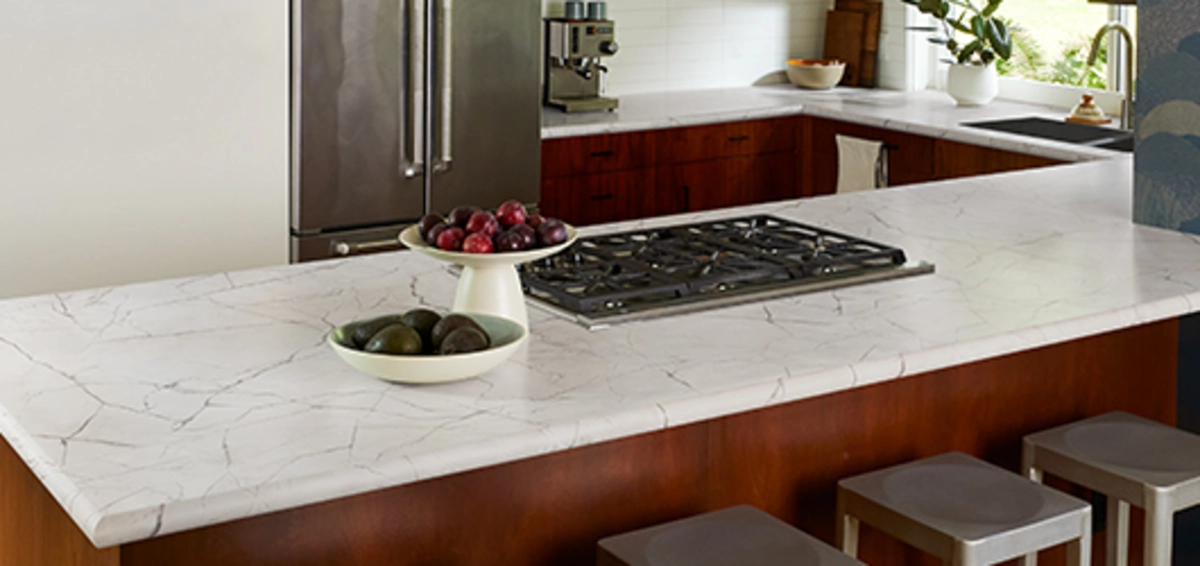In the world of interior design, the choice of materials can significantly influence both the aesthetics and functionality of a space. Among the plethora of options available, solid surface material has emerged as a popular choice for homeowners and designers alike. This article examines the composition of solid surface material, its popular uses in home design, and the benefits it brings to interior design projects.
What is Solid Surface Material?
Solid surface material is a man-made product, typically composed of a blend of natural minerals and acrylic or polyester resins. This combination creates a durable, non-porous surface that can mimic the appearance of stone, wood, or other natural materials. Solid surface materials are known for their seamless appearance, as the joints can be nearly invisible after installation. They can be easily shaped and customized to fit specific design requirements, making them a versatile choice for various applications.
Popular Uses of Solid Surface Material in Home Design
Solid surface material is highly versatile and can be used in various areas of home design. In kitchens, it is commonly used for countertops, backsplashes, and sinks due to its non-porous nature, which makes it resistant to stains and easy to clean. Bathrooms also benefit from solid surface materials in the form of vanity tops, shower walls, and tub surrounds. Additionally, solid surface material is used in custom furniture pieces, wall cladding, and even flooring, offering a cohesive and modern look throughout the home.
Benefits of Solid Surface Material in Interior Design
One of the primary benefits of solid surface material is its durability. It is resistant to scratches, stains, and impact, making it ideal for high-traffic areas. The non-porous nature of the material also means it is hygienic and easy to maintain, as it does not harbor bacteria or mold. Furthermore, solid surface materials are available in a wide range of colors and patterns, allowing for creative freedom in design. They can be easily repaired if damaged, extending their lifespan and reducing the need for replacements.
Solid surface material has proven to be a valuable asset in interior design due to its versatility, durability, and aesthetic appeal. Whether used in kitchens, bathrooms, or other areas of the home, it offers numerous benefits that enhance both the functionality and beauty of a space. For those looking to embark on a new design project or renovation, considering solid surface material can lead to impressive and long-lasting results.

This content has been submitted by authors outside of this publisher and is not its editorial product. It could contain opinions, facts, and points of view that have not been reviewed or accepted by the publisher. The content may have been created, in whole or in part, using artificial intelligence tools.

